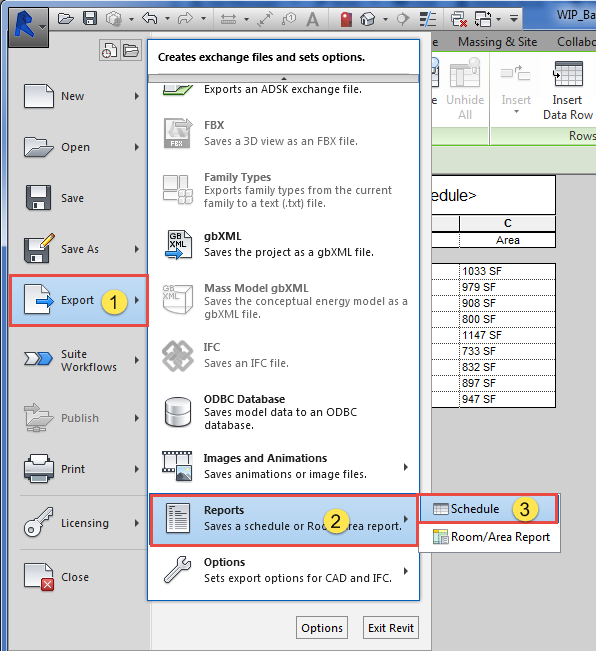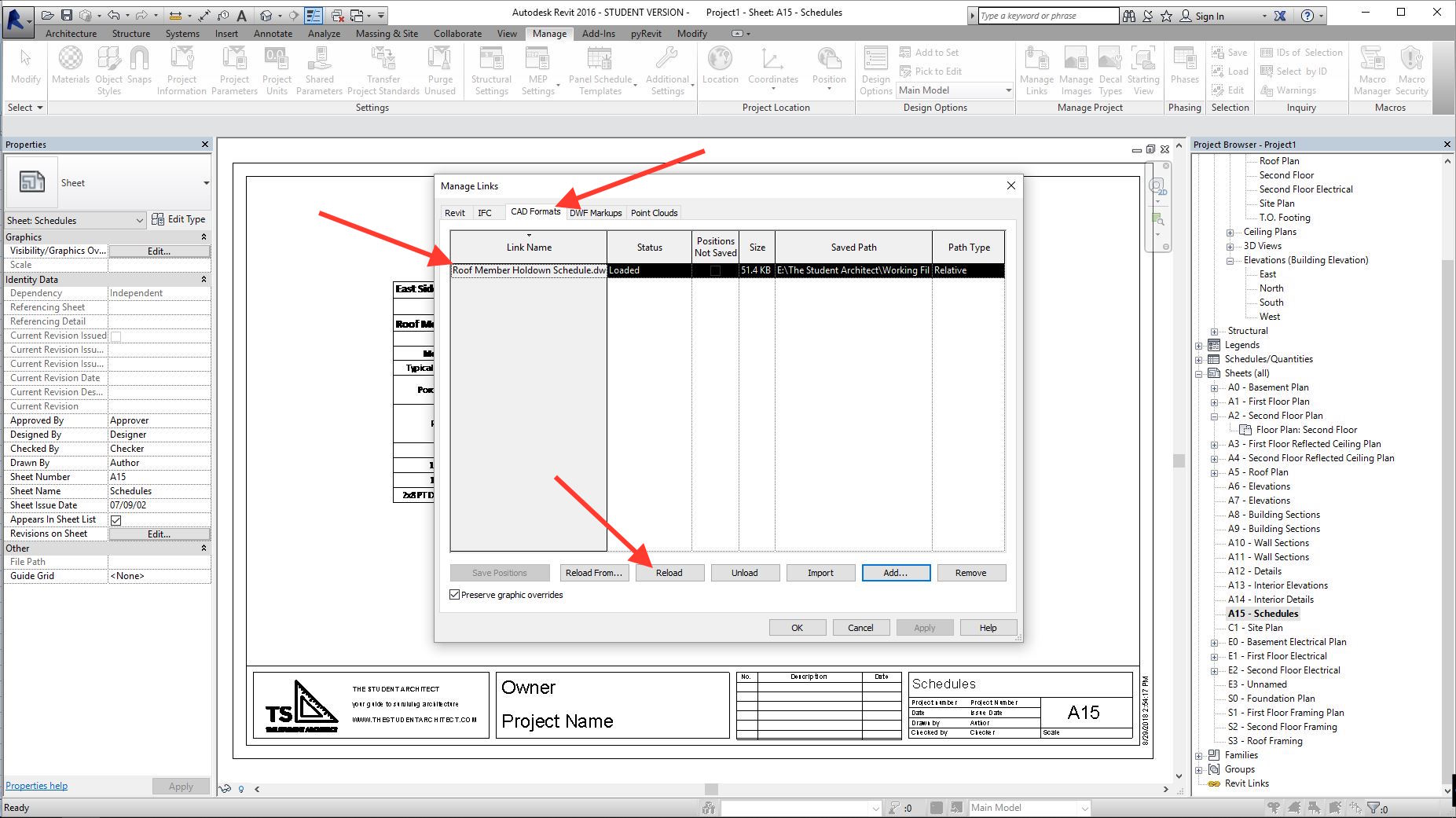Revit Tool to Empower Your Building Details Modeling
Wiki Article
Revit Excel Assimilation Demystified: Streamlining Workflows for Improved Project Sychronisation
Are you tired of having problem with ineffective job control and taxing workflows? Look no more, since Revit Excel Integration is right here to demystify the procedure and enhance your projects. With this powerful tool, you can boost task sychronisation and get rid of the problem of manual information access. In this post, we will certainly assist you through the value of Revit Excel Integration, show you exactly how to simplify operations, and supply ideal practices for successful combination. Prepare to reinvent your task control effortlessly.The Value of Revit Excel Assimilation
You require to understand the importance of Revit Excel combination to successfully improve your operations and boost project control. The combination of Revit, an effective building information modeling (BIM) software application, with Excel, an extensively made use of spread sheet program, gives many benefits for architects, engineers, and building and construction professionals.

By incorporating Revit with Excel, you can remove manual data entry and decrease the risk of mistakes. This not only saves time but additionally makes certain precision in your task documents. You can upgrade information in Excel, and it will immediately upgrade in Revit, keeping uniformity throughout your project.
Additionally, Revit Excel combination enhances task coordination by enabling reliable collaboration among staff member. With information synchronized in between Revit and Excel, everyone can access the most current information and collaborate seamlessly. This advertises smoother communication, reduces conflicts, and enhances overall project performance.
Exactly How to Enhance Workflows With Revit Excel Integration
Optimize your procedure by perfectly attaching Revit and Excel to streamline your workflow. By incorporating these 2 effective devices, you can enhance project control and enhance effectiveness in your job. With Revit Excel integration, you can conveniently move information between the 2 platforms, permitting smooth communication and cooperation.

An additional benefit of Revit Excel assimilation is the ability to develop custom-made reports and examine data more properly. With Excel's durable features, you can carry out sophisticated calculations, develop graphes and graphs, and generate comprehensive reports based on the information from your Revit models. This allows you to get valuable understandings and make educated choices throughout the task.
Enhancing Job Control With Revit Excel Assimilation
By flawlessly attaching your layout software with powerful information analysis tools, you can considerably improve the control of your jobs. Revit Excel integration enables you to streamline your process and improve task control by removing hands-on information entry and decreasing errors. With this integration, you can quickly move information between Revit and Excel, making certain that all job info is up to day and precise.One of the vital advantages of Revit Excel combination is the ability to import and export data between the 2 software application seamlessly. This means that you can quickly import existing job data from Excel into Revit, conserving you effort and time in re-entering information. In a similar way, you can export task information from Revit to Excel, enabling you to do sophisticated evaluation and calculations using the powerful features of Excel.
In Addition, Revit Excel combination enables you to create vibrant links between the two software application (revit tools). This implies that any adjustments made in Revit will instantly upgrade in Excel, and vice versa. This makes certain that all project stakeholders are dealing with one of the most updated information, improving job sychronisation and lowering the danger of mistakes
Overcoming Difficulties in Revit Excel Assimilation
When getting rid of challenges in the integration of Revit and Excel, it's essential to ensure seamless data transfer and minimize errors. One typical difficulty is the compatibility of data layouts in between Revit and Excel.Another obstacle is the absence of synchronization between Revit and Excel. It's crucial to establish a clear operations that makes sure both systems are updated in real-time. This can be achieved by using cloud-based partnership tools or establishing a system for routine information syncing.
Dealing with huge datasets can additionally be troublesome. Revit and Excel have different capacities when it pertains to taking care of large quantities of information. To conquer this challenge, you can split the information right into smaller, workable portions or use data filtering system methods to concentrate on details locations of interest.
Lastly, human mistake can lead to discrepancies between Revit and Excel data. It is very important to educate employee on the integration process and develop high quality control measures to catch any type of mistakes. Regular audits and cross-checks can assist determine and correct any type of inconsistencies.
Best Practices for Successful Revit Excel Assimilation
To make certain effective combination of Revit and Excel, it's vital to follow some finest techniques that will certainly assist improve your operations and reduce mistakes. Furthermore, when connecting Excel information into Revit, ensure that the information is totally free and clean from any format problems that might trigger mistakes.One more crucial practice is to frequently upgrade your Excel data in Revit. Make it a practice to examine and update the information at normal periods, specifically when modifications are made to the task.

Conclusion
So, there you have it - revit Excel assimilation doesn't have to be a difficult task. With revit Excel assimilation demystified, you'll be well on your way to taking full advantage of the possibility of these devices and taking your jobs to brand-new elevations.You can export your Revit timetables to Excel, make adjustments or updates in Excel, and after that import the upgraded data back into Revit with just a few clicks. Revit Excel assimilation permits you to enhance your process and improve task sychronisation by getting rid of hand-operated data entrance and reducing errors. With this combination, you can quickly move data in between Revit and Excel, ensuring that all job information is up to date and precise.
You can export revit add ins task data from Revit to Excel, enabling you to perform advanced evaluation and estimations making use of the effective functions of Excel.
In addition, when linking Excel information right into Revit, make sure that the data is clean and cost-free from any formatting problems that can cause errors.
Report this wiki page